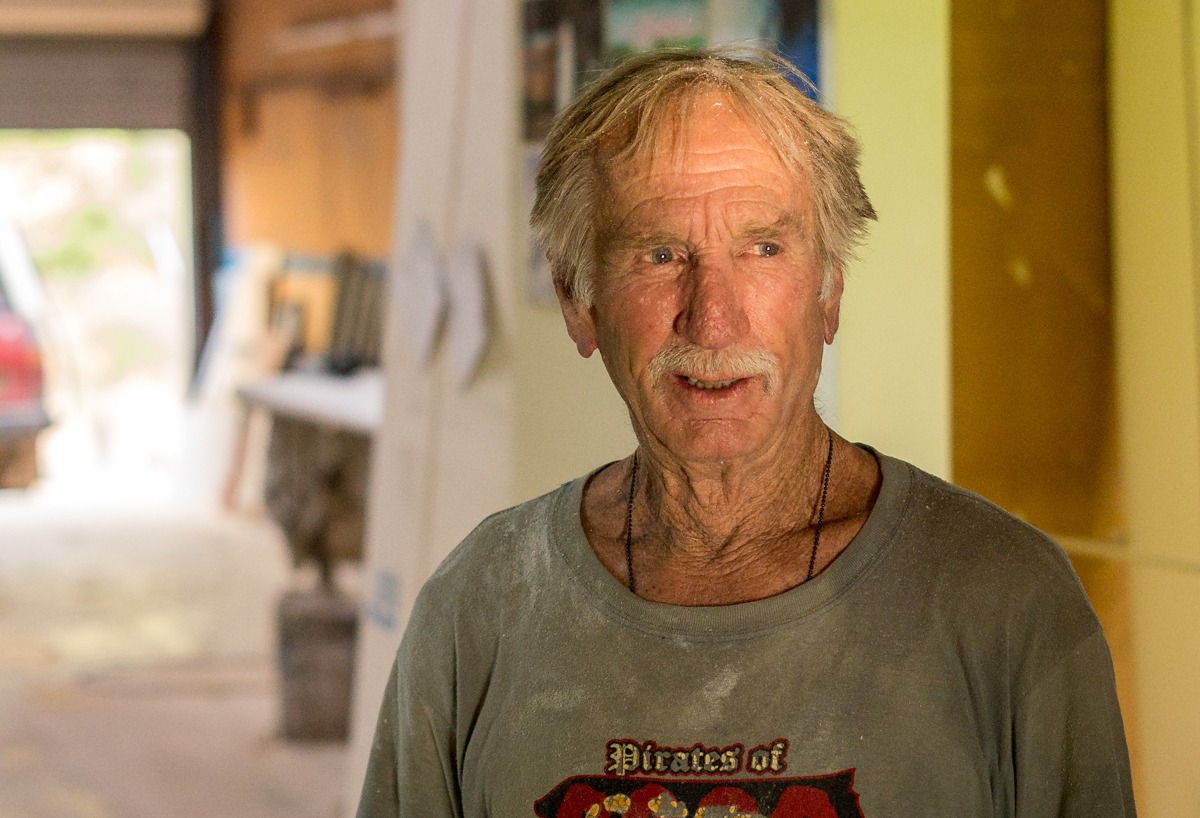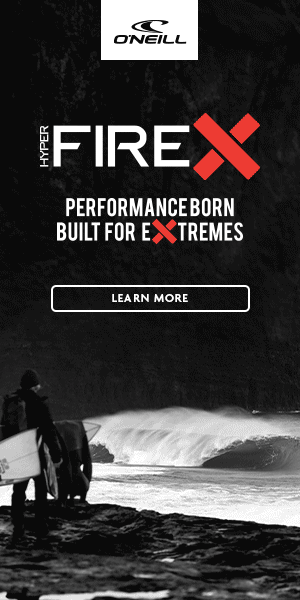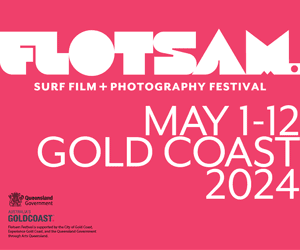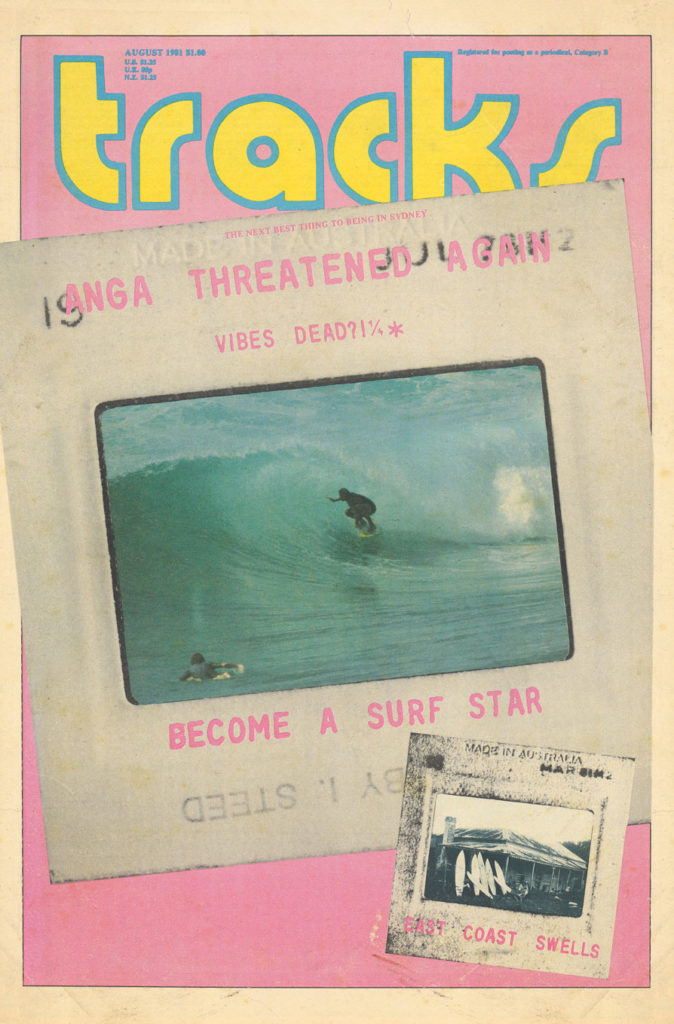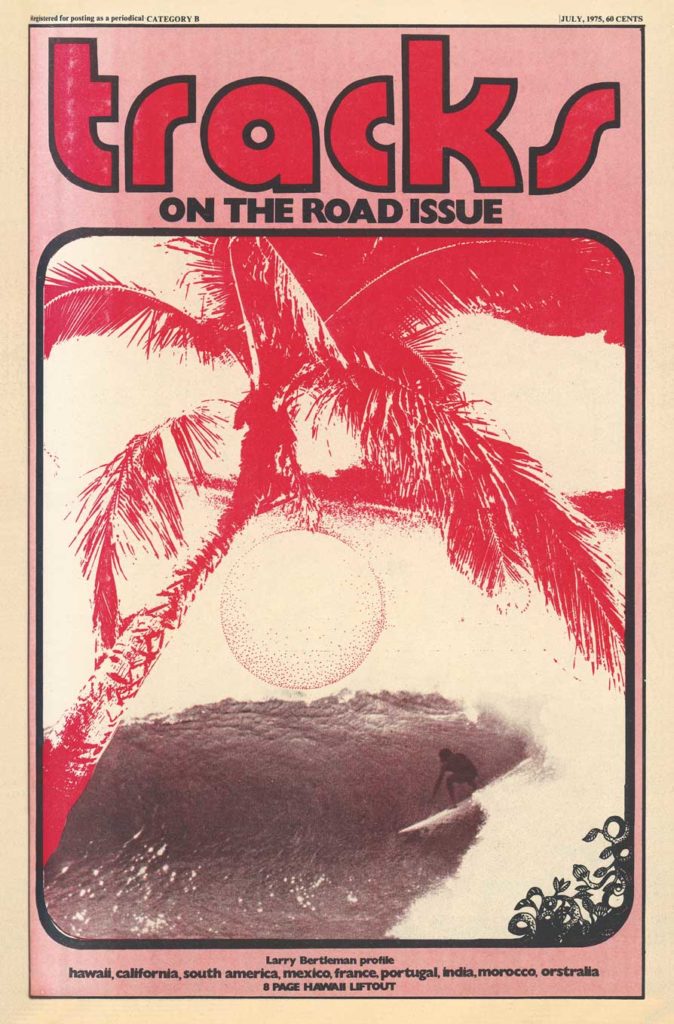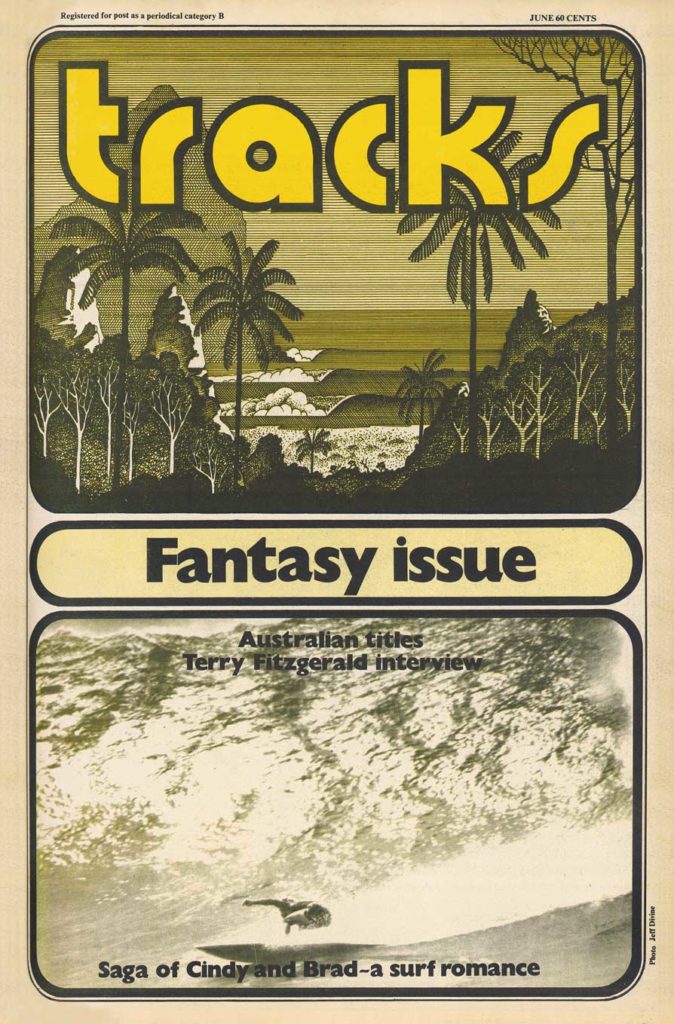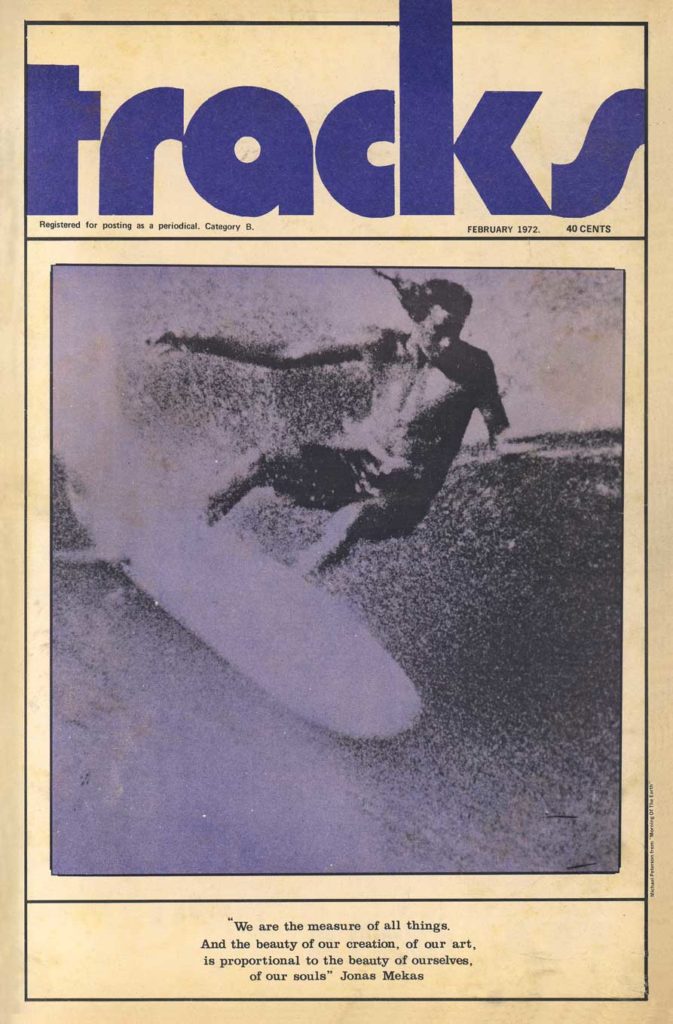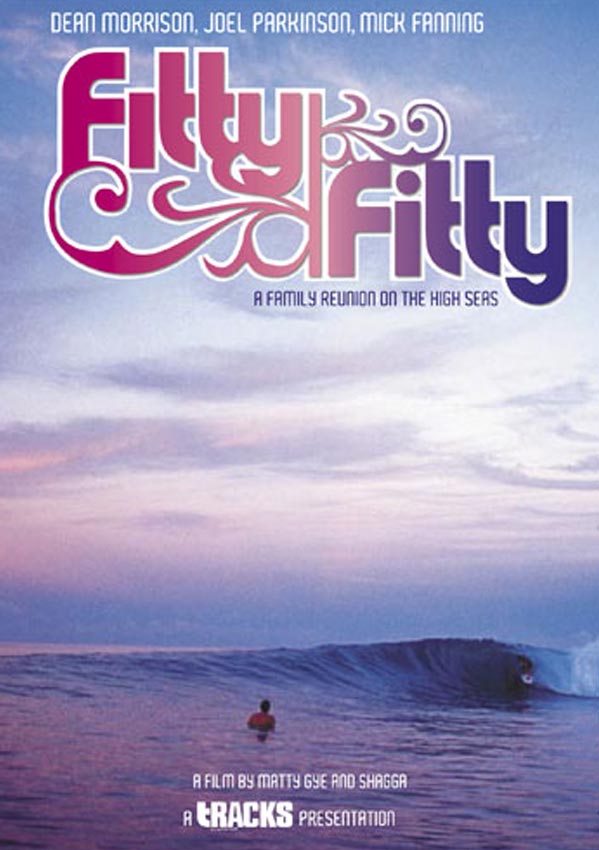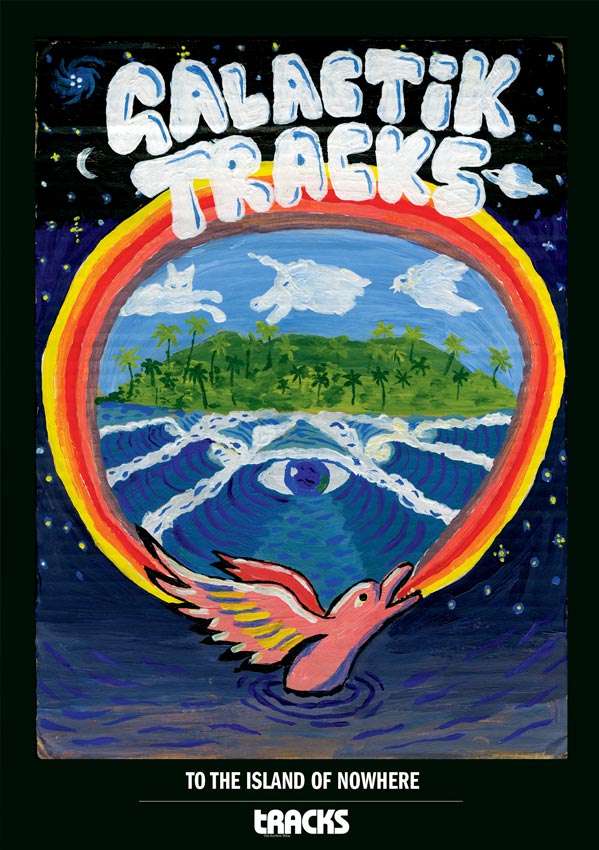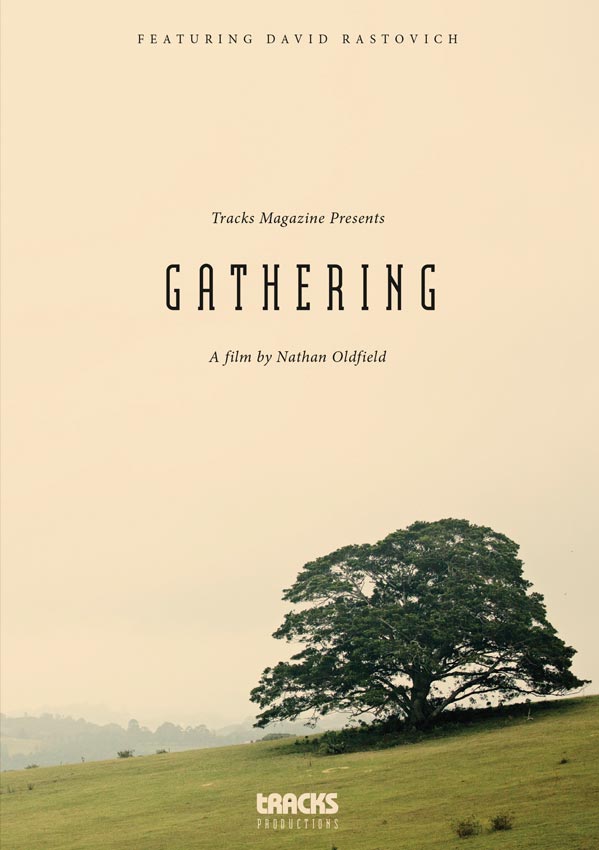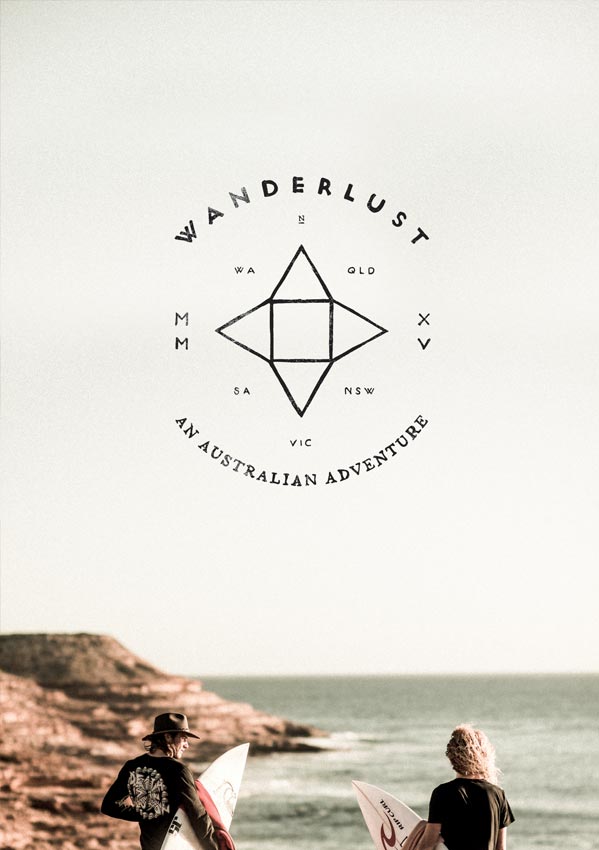The shaping fraternity has lost one of its most intriguing and influential characters. 74-year-old Tom Hoye, who moved to Australia from California in 1970, was found dead yesterday.
A feature by Tom De Souza in the current issue of Tracks details the legacy of a board-maker who remained fiercely dedicated to the craft of hand-shaping.
“I don’t use a machine because I like to tune the levels of plane and amounts of drive to suit the individual variables: the surfer, the wave, their approach to it, ” Hoye stated in the Tracks article. “The machine can’t always take those things into account.”
Hoye grew up in Santa Cruz and first became infatuated with surfing and shaping in the late 1950s. He was the son of a single mother, schoolteacher and was heavily influenced by surfing icon, Jack O’Neill.
“Jack was a father figure because my Dad wasn’t around,” Hoye explained in the Tracks article. “Brilliant guy, I watched him in the early days. On big swells, he was a charger. He didn’t have the patch, didn’t have the beard. He influenced the way I live 100 percent.”
Hoye moved to Australia in 1970. Before setting up shop in Margaret River he spent time in Sydney and was instrumental in introducing the twin fin to Australia. Tom featured prominently in the early issues of Tracks as the front-man for twin fins at Bennett surfboards.
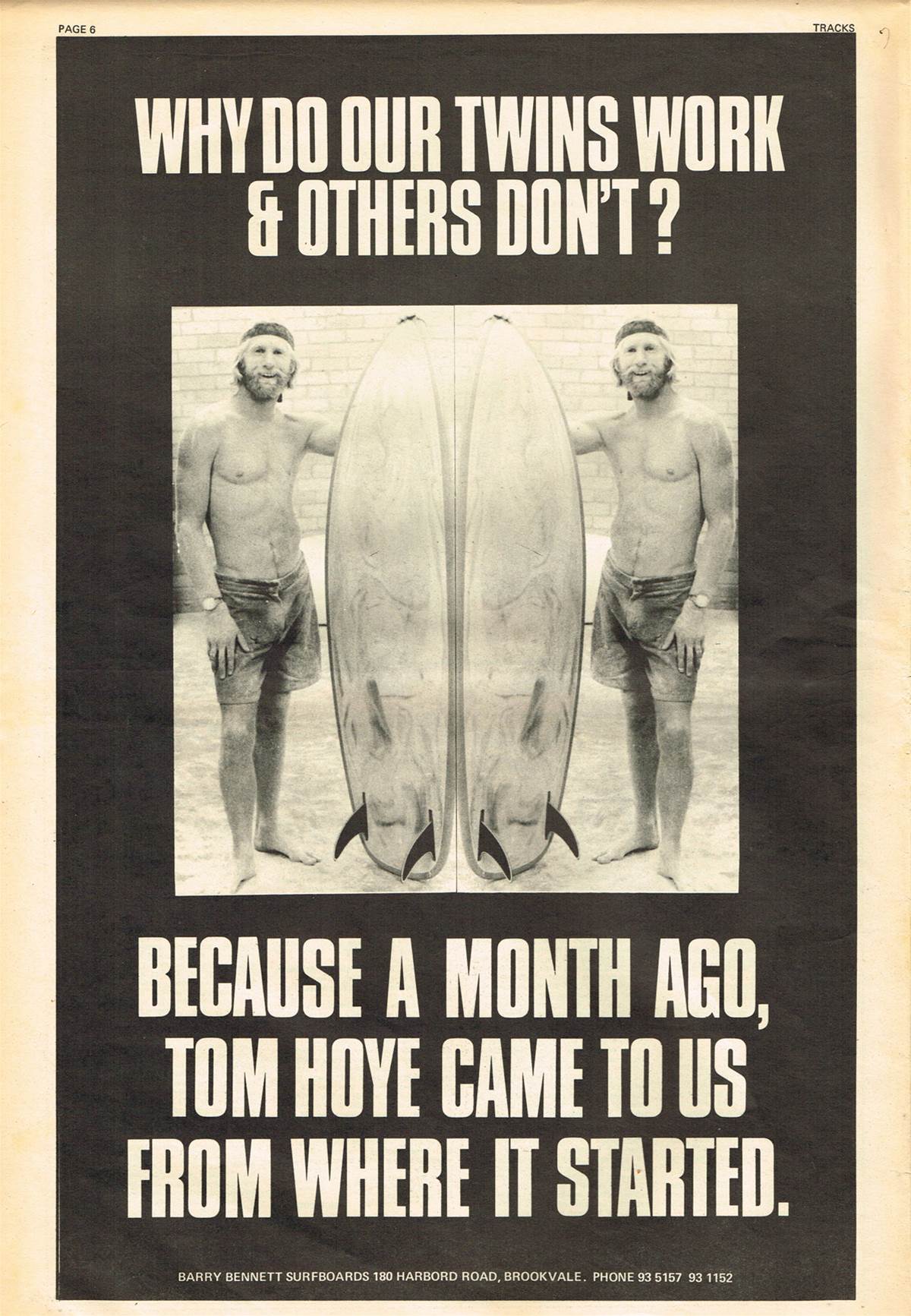
Tom’s thoughts on surfboards were always evolving and he wasn’t afraid to experiment with alternative shapes. Perhaps his most celebrated model was a five-fin design known as ‘Da claw’.
“The physics on the bottom of a surfboard are so complex and the changes I make are so small and subtle that they are almost immeasurable,” Hoye told Tracks. “You can try to measure them, but you only get an approximation.”
Hoye will be remembered as an innovative, free-thinking shaper who was happy to buck convention to make boards that he believed in. While he was a complex and somewhat mysterious figure, his contribution to design should not be undervalued. See below for an excerpt from the article, which appears in the current issue of Tracks.
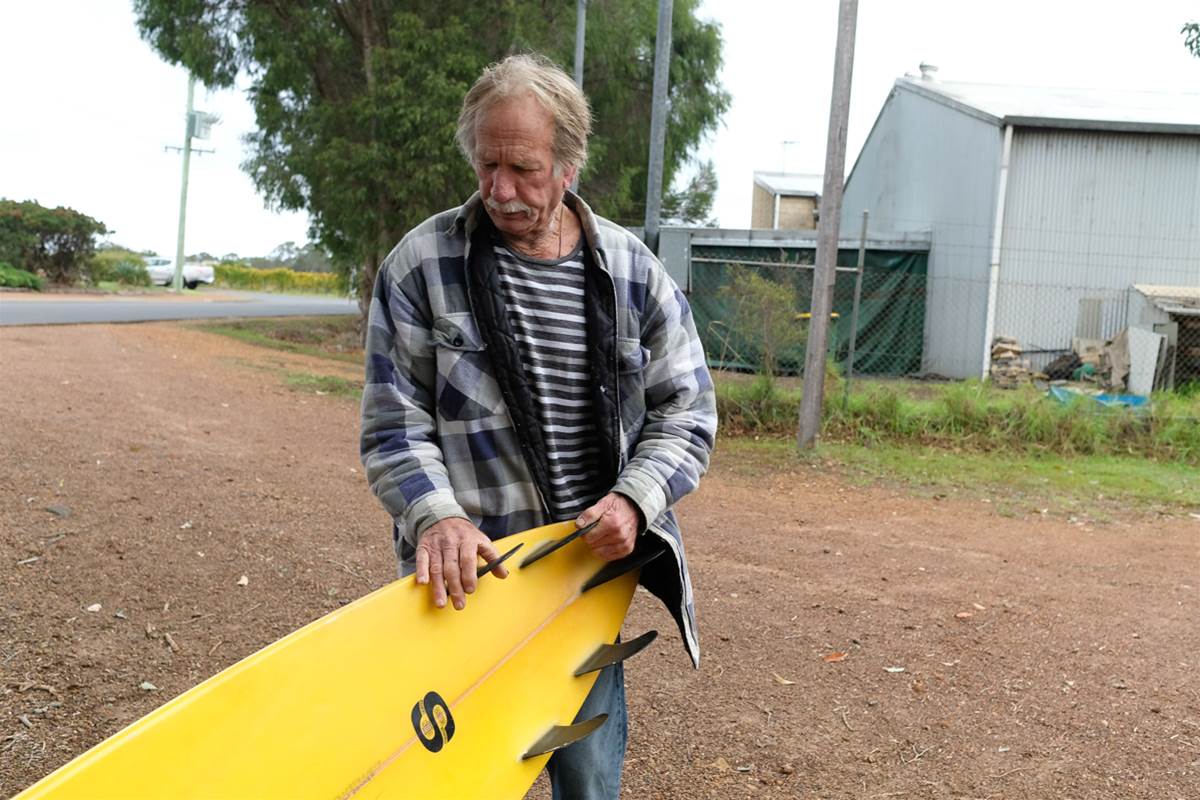
The following is an excerpt from the article by Tom De Souza, which appears in the current issue of Tracks. #578
On bringing the Twin Fin to Australia
Tom experimented with a variety of fin setups over three decades before he found Da Claw. In the mid to late ‘60s he trialled boards with no fins, tiny four-inch square single fins, and single fins with a trailing keel.
He brought some of these ideas with him when in 1970 he and his wife and young daughter left the Santa Cruz crowds for the empty reef breaks of Margaret River. They came via Sydney, and Tom’s travel quiver was a 6’8 single fin with a trailing keel, a straight 6’ single fin, and a twin fin.
Corky Carroll had just introduced the twin fin to California but Tom’s board was the first modern twin-fin in Australia. Tom disliked the design for its lack of drive, but it became popular in Australia after a chance encounter with Terry Fitzgerald at Dee Why Point.
“It was my first surf in Australia. Six foot Dee Why, only one guy out. Turns out it was Terry, but I didn’t know that at the time. I showed him my board, said I didn’t like it, it had no drive. On the grass I showed him my 6’8, which I really liked. It had a really exaggerated version of the five-stage bottom. He was interested in the twin-fin but didn’t really identify with the bottom shape,” he says.
“A couple weeks later I saw him again in the surf and he came paddling up and flipped his board over and went, ‘check this out, I love these things!’ He was riding a twin-fin.
“Terry was the one who got them going in Sydney. Because Terry liked them everybody wanted them. And they came to me to get them because of the ad that appeared in Tracks.”
That ad was an image of Tom with his twin-fin in the inaugural issue of Tracks. It was promoting Barry Bennett surfboards in Brookvale, with whom Tom had found work shaping so he could scrounge enough money to head West. Orders for twin-fins came rushing in, and Tom would shape over 300 of them at Bennett’s factory. But his own boards had already moved ahead of convention.
“On my board, I had put a little fin behind the twin fin, a third, stabilising fin. I was telling people look, you put a keel behind it. They’ve got more drive. I used to show them the keel on mine. That was amazingly close to a thruster in 1970. But nobody wanted anything that looked remotely like a thruster. It was just too over the top at the time.”
On ‘Da Claw’ Tom’s Innovative Five-Fin Design
“When I first started riding Da Claw, I looked at what I had made, and thought, I’m not going to tell people because they will look at them and just think it’s weird. They just looked too radical, and that early experience with the Brainwash Boards was still in the back of my mind,” he says.
“I even tried to talk the few people who wanted one out of buying them. I didn’t build them for anyone unless they really wanted them, because they are so damned hard to build.”
It was another 25 years before Da Claw gained any traction in the local surfing community. Word got out one morning in 2005, when West Australian tube-hound, Jeffree ‘Camel’ Goulden, came and asked to ride the 8’4.
“Camel was glassing for me in ‘89 when I made that board. At the time, he didn’t identify with it. Sixteen years later he comes into the shop and said he had been thinking about Da Claw a lot. It blew me out. He asked if he could take it down and surf it. I went down to watch him. He paddled out at good, pushy 8-10 feet Southside and just totally thrashed the place,” says Tom.
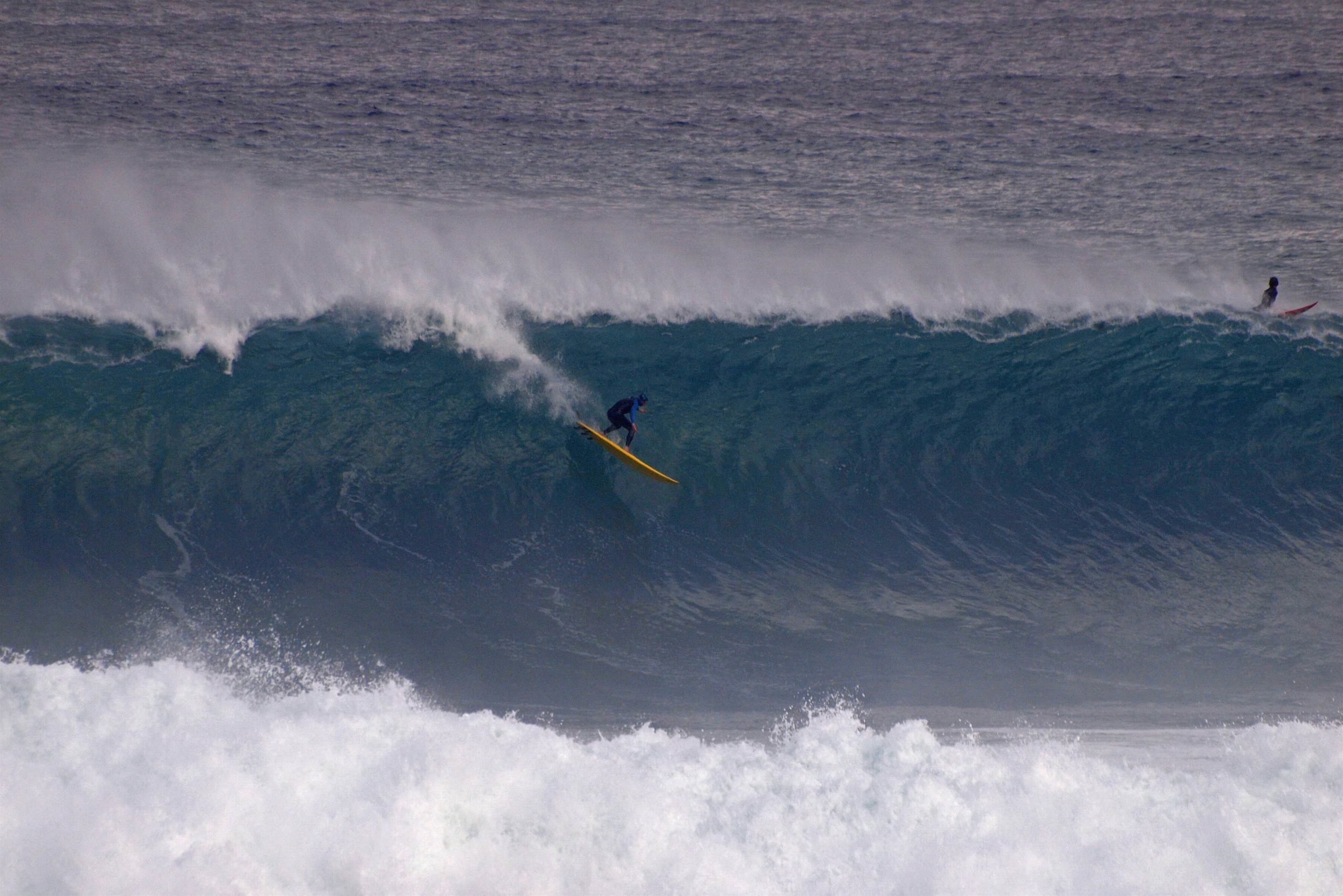
“I went back to the shop and a couple of hours later, one of Camel’s mates comes in and wanted to order an 8’6 Da Claw. I did my standard response, told him that thrusters work well enough, Da Claw costs more money. He was determined. I offered for him to ride mine first. And he goes, ‘nah, I don’t need to ride one. The one that Camel was on, what was that?’
“Now, it’s 15-years after that fact. I’m probably 75 per cent Da Claw. I haven’t advertised or pushed it at all. Just about everything I do now is five fins, which rattles my brain because they are so fucking hard.”

